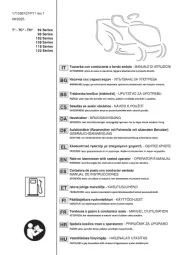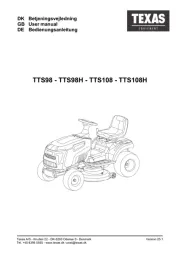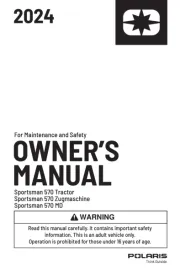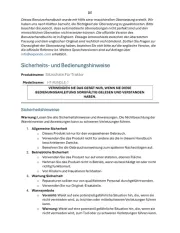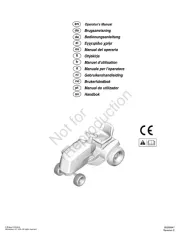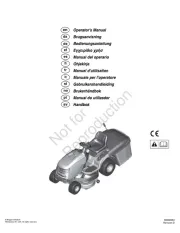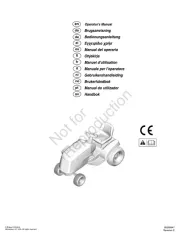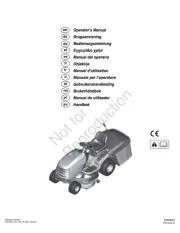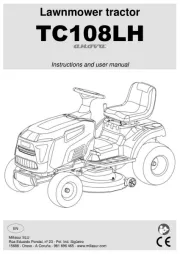Kubota M5-111HDCC24 Manual
Læs gratis den danske manual til Kubota M5-111HDCC24 (324 sider) i kategorien Traktor. Denne vejledning er vurderet som hjælpsom af 20 personer og har en gennemsnitlig bedømmelse på 4.3 stjerner ud af 10.5 anmeldelser.
Har du et spørgsmål om Kubota M5-111HDCC24, eller vil du spørge andre brugere om produktet?

Produkt Specifikationer
| Mærke: | Kubota |
| Kategori: | Traktor |
| Model: | M5-111HDCC24 |
Har du brug for hjælp?
Hvis du har brug for hjælp til Kubota M5-111HDCC24 stil et spørgsmål nedenfor, og andre brugere vil svare dig
Traktor Kubota Manualer



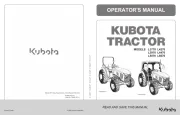
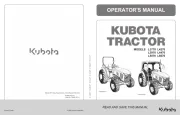

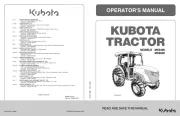



Traktor Manualer
- Stiga
- Husqvarna
- Jonsered
- Solo
- Texas
- Murray
- Mahindra Yueda
- Polaris
- Yato
- Bolinder-Munktell
- Anova
- Knegt
- Linde Güldner
- Zetor
- Hillvert
Nyeste Traktor Manualer
